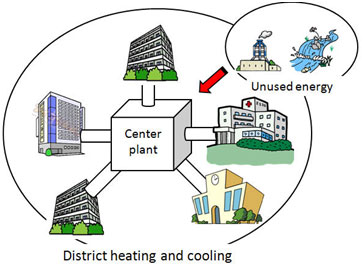We’re not crazy about incinerators, but if we sent our waste there instead of to landfills, the US could get 12% of its electricity from waste and heat tens of millions of homes and businesses, according to Columbia University’s Earth Engineering Center.
Doing that would keep 123 million tons of greenhouse gas emissions from entering the atmosphere each year, they say, and would reduce the use of coal by about 100 million tons a year.
And rather than sending plastic that’s not recyclable to the dump, it should be converted to oil – to provide an annual 6 billion gallons of gasoline.
Going further, exhaust from waste-to-energy plants should be used for district heating, commonly done in Norway, Denmark, Sweden and Germany.
Anything that can be recycled or composted is removed before going through the process.
"Many developed nations are further along in embracing and expanding their use of energy recovery technologies as a vital part of their sustainable resource management systems. This presents an important opportunity for city planners and policy makers in the United States," says Nick Themelis, director of the Earth Engineering Center.

Connecticut, Maine, Massachusetts, Minnesota and New Hampshire, in that order, are closest to attaining sustainable waste management, by combining high rates of recycling with high waste-to energy.
District Energy St. Paul is the largest biomass-fueled hot water district heating system in North America, providing heat to over 180 buildings and 300 single-family homes.
London is embarking on a first-of-its-kind project to capture waste heat from subway tunnels and use it heat homes. Seattle is looking into using waste heat from data centers.
Here’s the study, 2014 Energy and Economic Value of Municipal Solid Waste, Including Non-recycled Plastics, Currently Landfilled in the 50 States:
